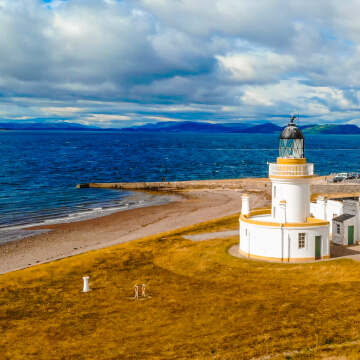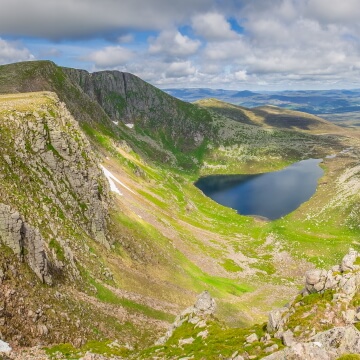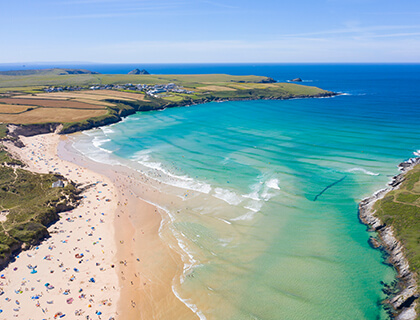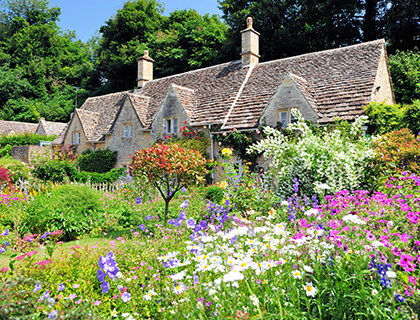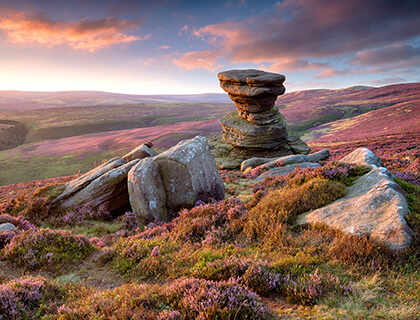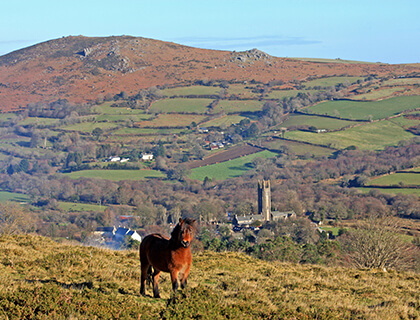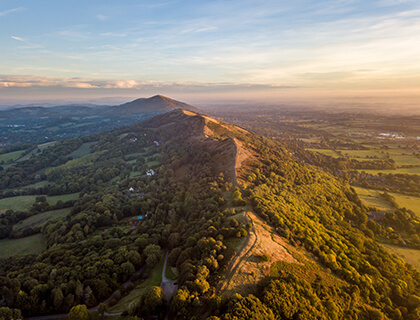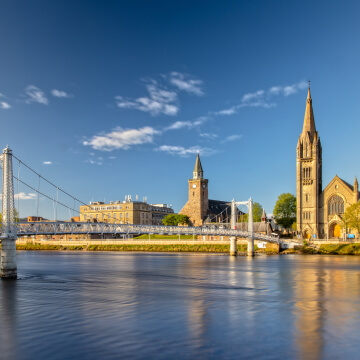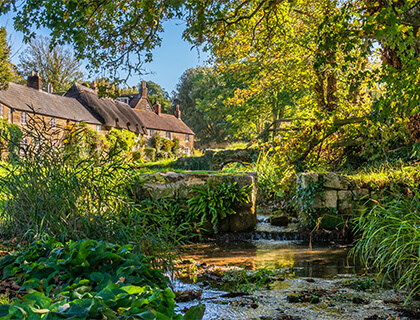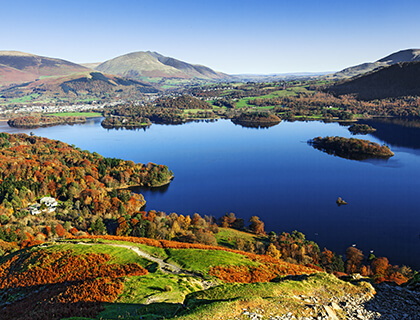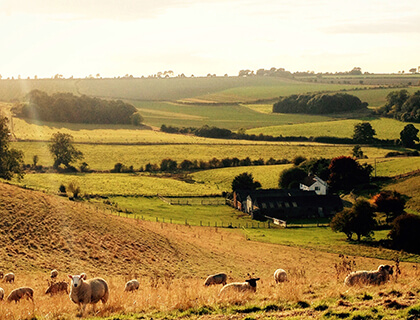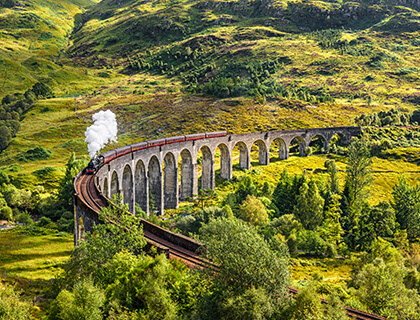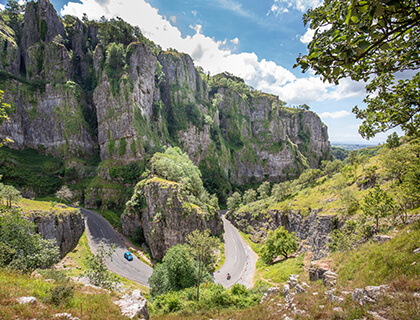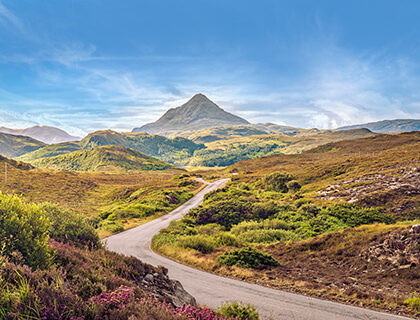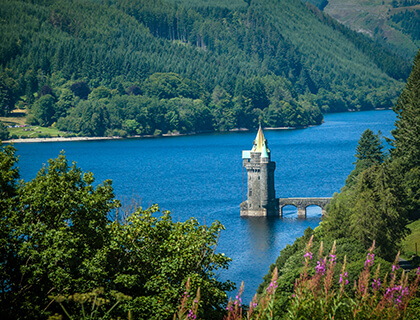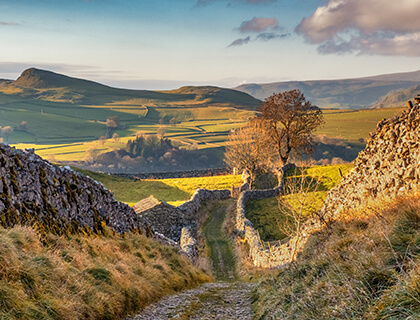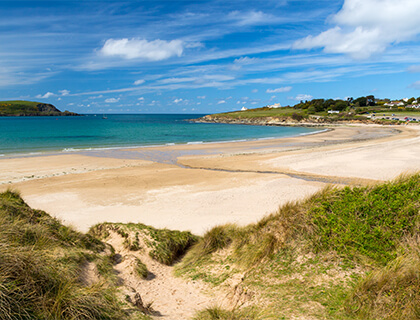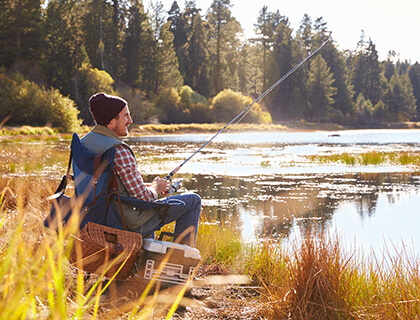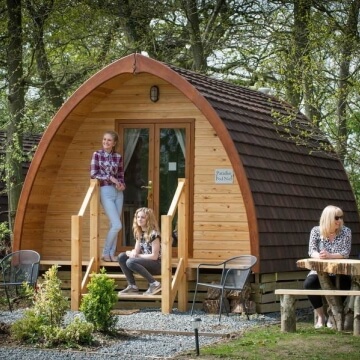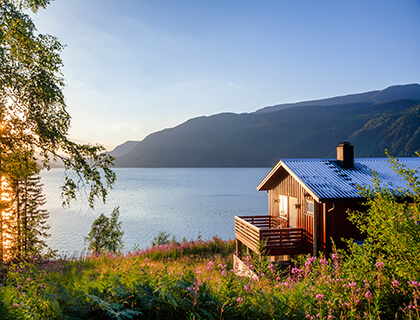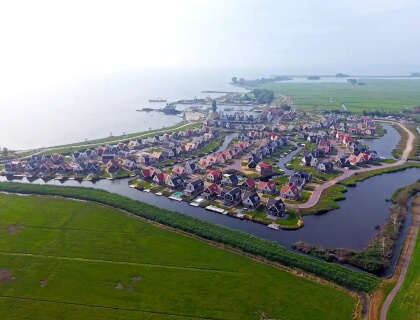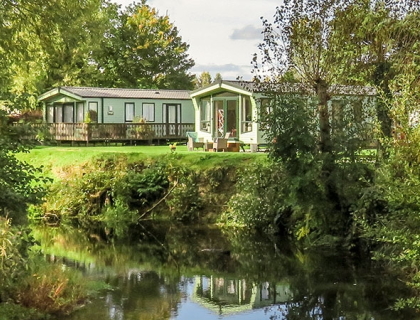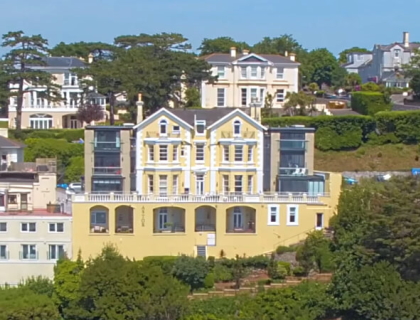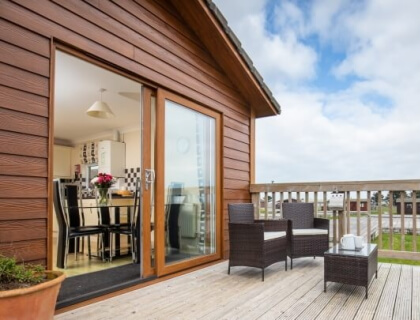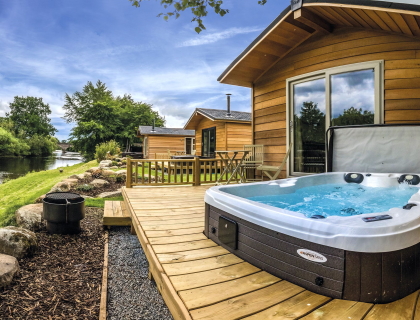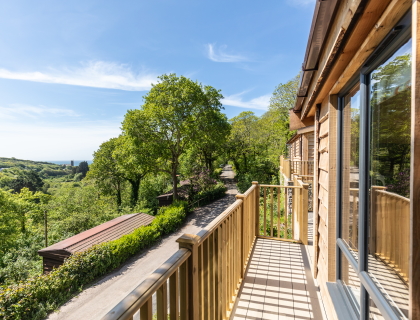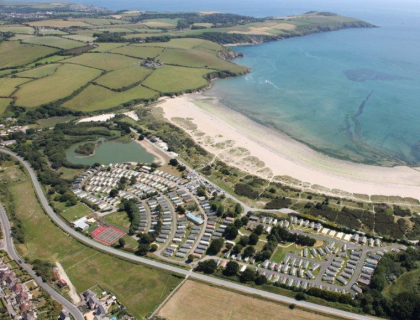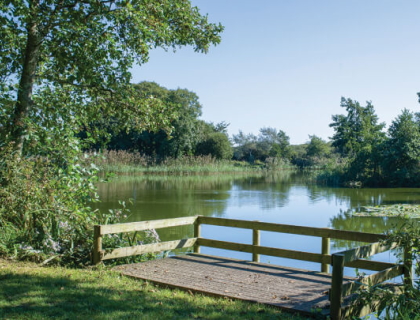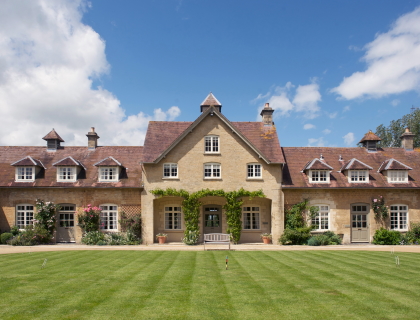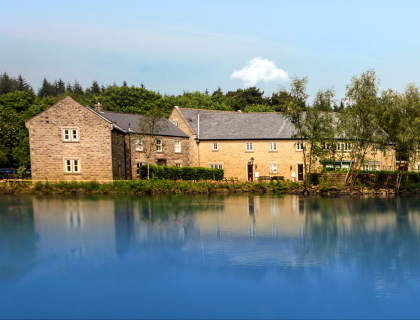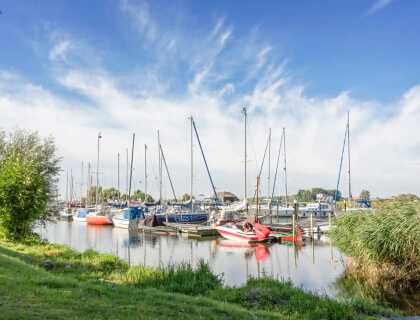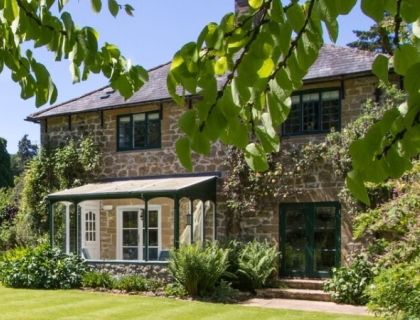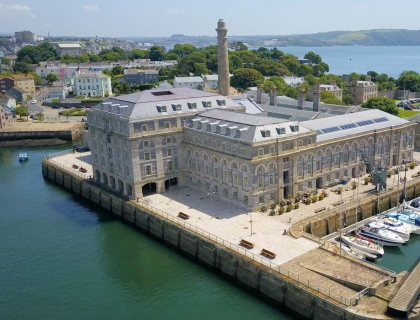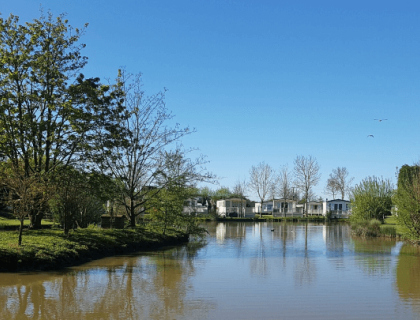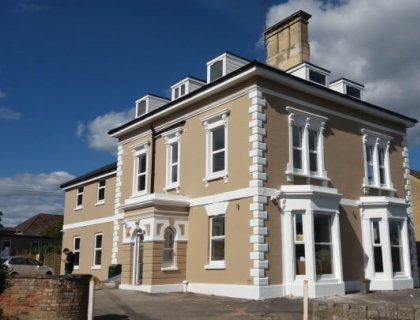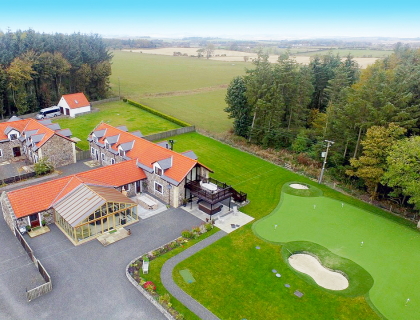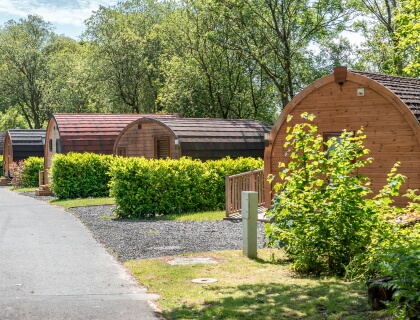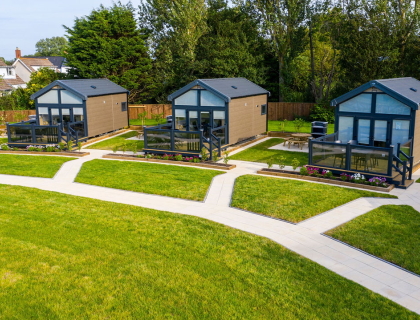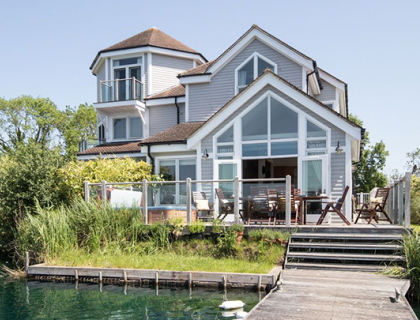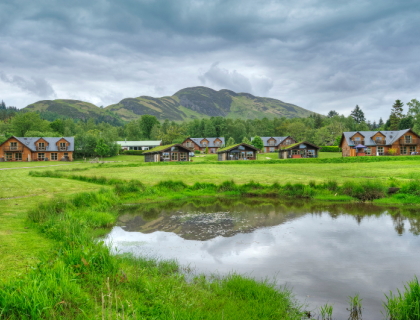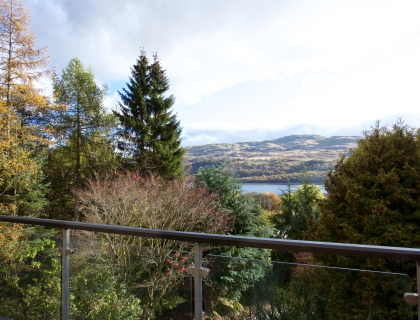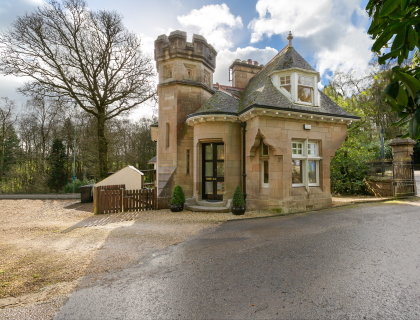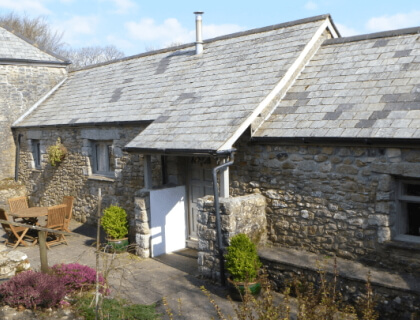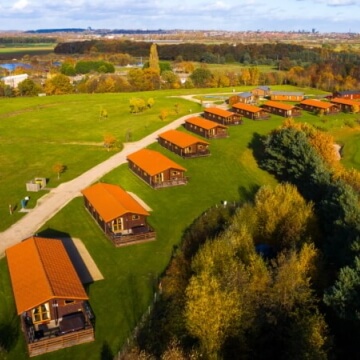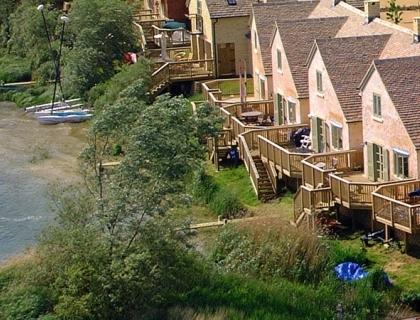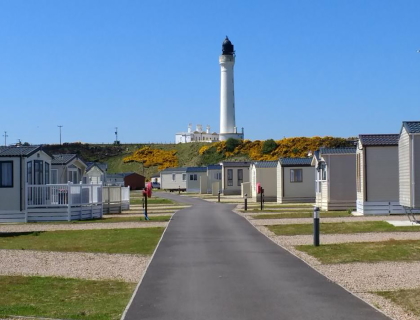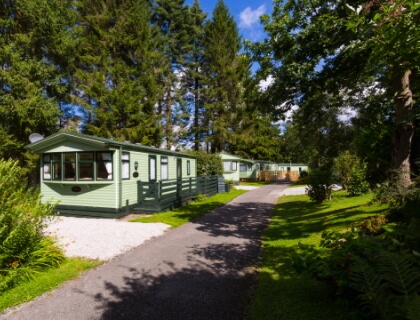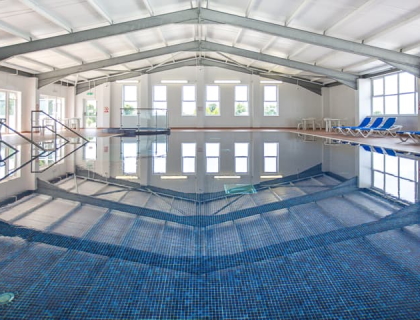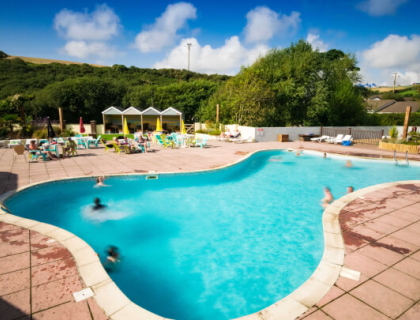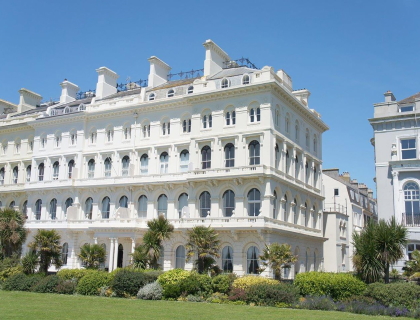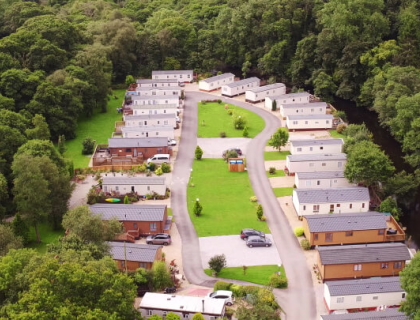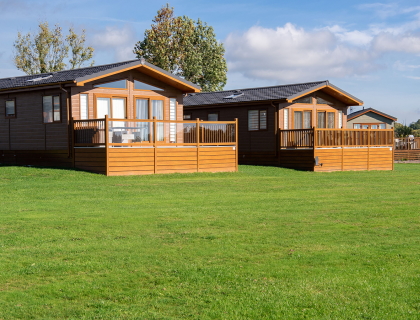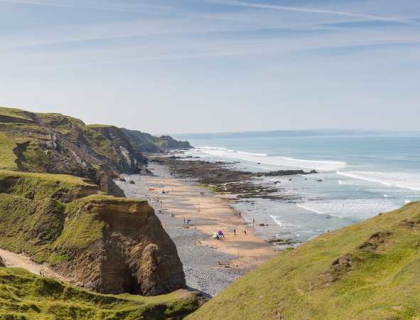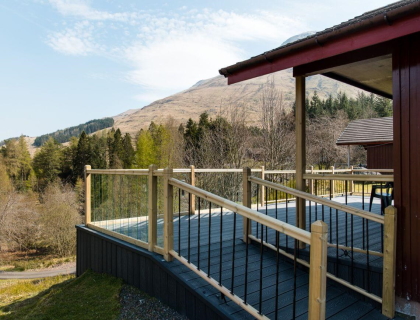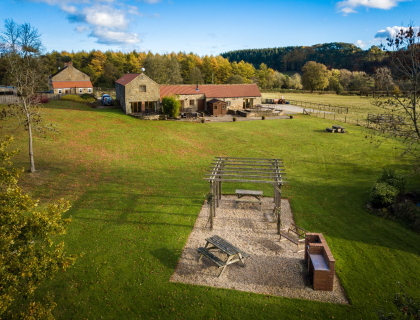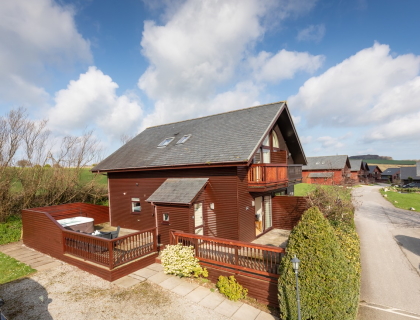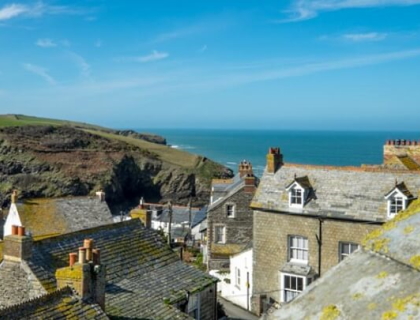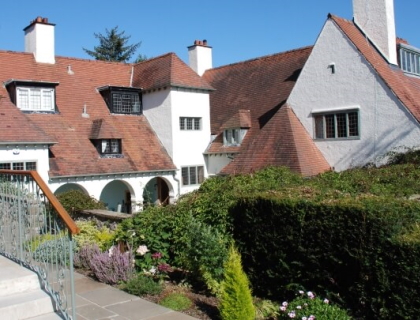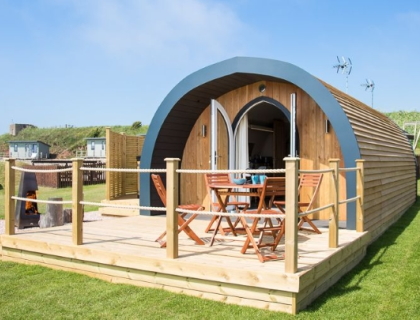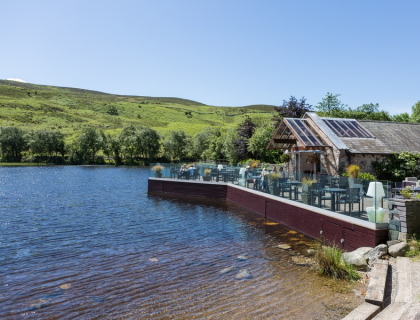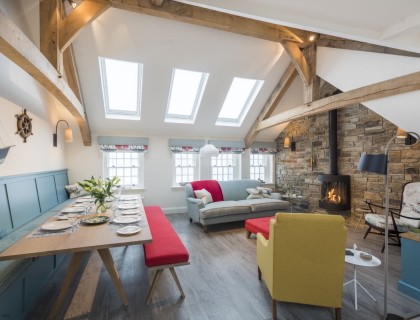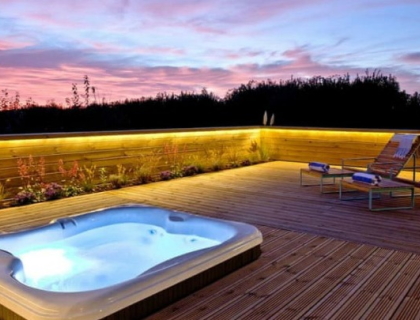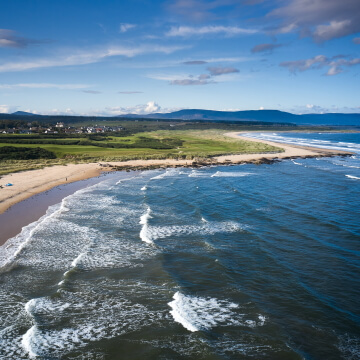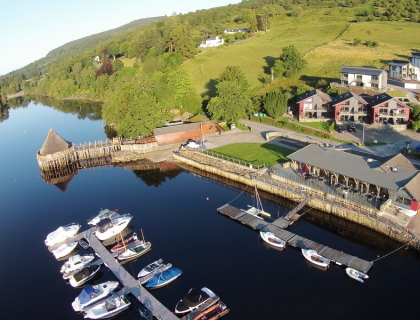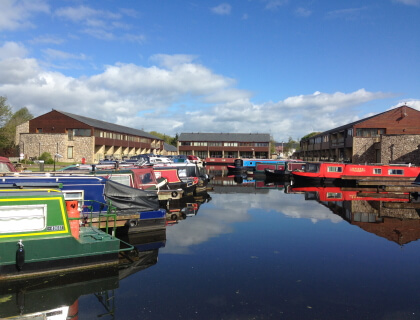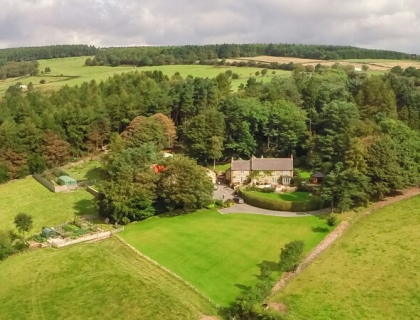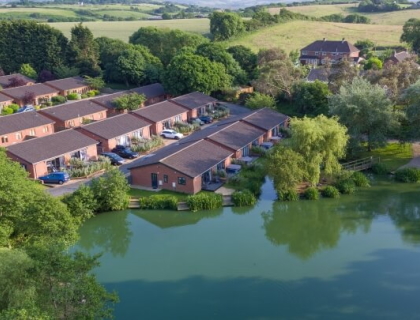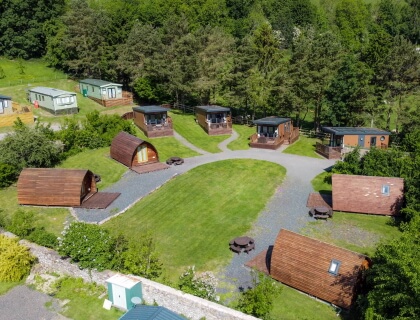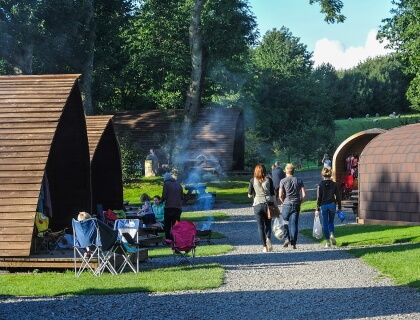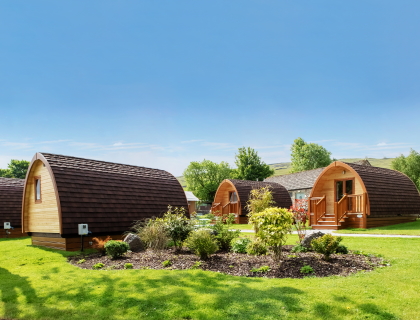Have you ever looked up at the stars in the night sky in wonder? Perhaps you should. Stargazing is a wonderful and fascinating pastime that anyone can do anywhere. For keen stargazers and true amateur astronomers, there are officially recognised Dark Sky Sites that offer the best views of the constant shows of celestial spectacles. 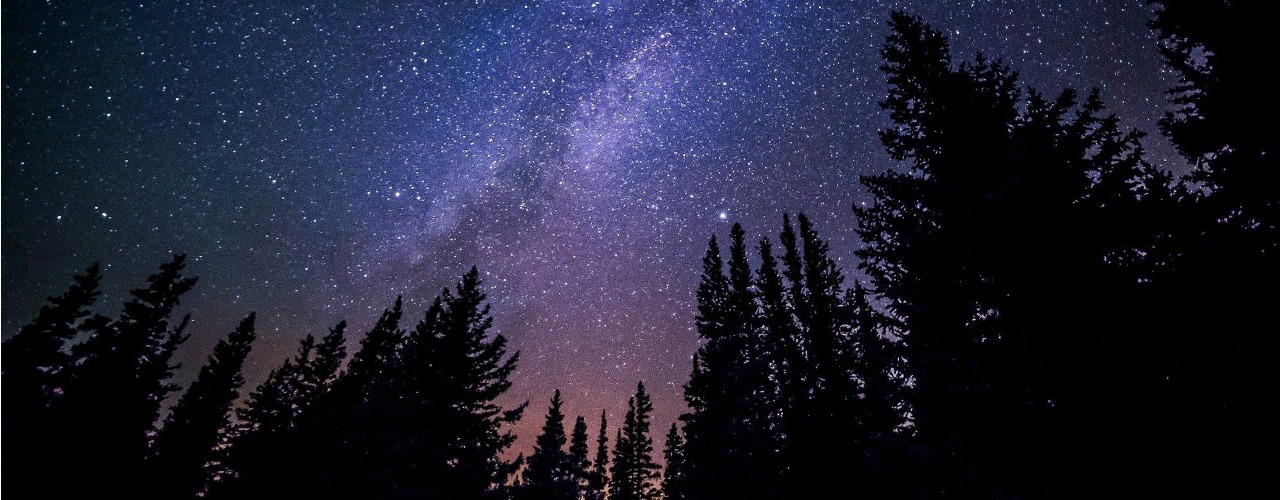
Dark Sky sites are places and parks that have been designated as having low levels of light pollution. The darker the sky, the brighter the stars appear to shine and the more you can see.
Wherever you are in the country, here’s our guide to the best Dark Sky Sites and where and when to spot the constellations, meteor showers and super moons in 2020.
1. Snowdonia National Park, South Wales
Snowdonia National Park is a designated International Dark Sky Reserve, one of only twelve in the world. From here you can see the Milky Way on a clear night as well as all the major constellations plus shooting stars (be careful what you wish for…) Bright clouds of gas and dust, known as nebulas can also be seen. The best places to stargaze here include the lakes: Llyn y Dywarchen, Llynnau Cregennen and Llyn Geirionydd.
2. SOUTH DOWNS NATIONAL PARK, HAMPSHIRE, WEST AND EAST SUSSEX
The South Downs National Park is another of the exclusive International Dark Sky Reserves. You can see the Andromeda Galaxy and the Milky Way from any of these seven locations here: Old Winchester Hill, Winchester Science Centre and Planetarium, Devil’s Dyke, Butser Hill, Ditchling Beacon, Birling Gap and Iping Common.
3. Galloway Forest Park, Dumfries and Galloway, Scotland
The Galloway Forest Park is the first-ever officially designated Dark Sky Park in the UK offering amazing panoramic viewing points at either end of the Carrick Forest Drive. From here you can see over 7,000 stars and planets with the naked eye. The Scottish Dark Sky Observatory near Dalmellington hosts regular stargazing events with the opportunity to look through their telescope.
4. Wiveton Downs, Holt, North Norfolk
Identified as a Dark Sky Discovery Site by the Norfolk Coast Area of Outstanding Natural Beauty, Wiveton Downs is an elevated heathland in a rural setting that is also recognised as a site of special scientific interest. You can sometimes see the Northern Lights (also know as the Aurora Borealis) from here too.
5. North York Moors National Park
You can spot up to 2,000 stars in the night sky at any one time and see the Milky Way with the naked eye from any of these three sites in the North York Moors National Park: Sutton Bank, Danby and Dalby Forest which has an observatory. The Northern Lights have also been seen along the Yorkshire coast.
6. Exmoor National Park, Devon
You can see about 3,000 stars with the human eye on a clear night from the moors in Exmoor National Park, at Holdstone Hill, County Gate and Brendon Two Gates. You will also get good views from Haddon Hill, Webbers Post, Anstey Gate and Wimbleball Lake.
7. Yorkshire Dales National Park, North Yorkshire
On a clear night, you could see as many as 2,000 stars and in many places in the Yorkshire Dales National Park, it's possible to see the Milky Way, planets, meteors and sometimes the Northern Lights. There are four Dark Sky Discovery Sites in the Yorkshire Dales National Park: Malham and Hawes national park centres, Tan Hill inn and Buckden car park. You can even see the International Space Station from here, travelling at 17,000mph overhead!
STARGAZING GUIDE 2020
Celestial shows to look out for in 2020 include lunar eclipses on 5th June, 5th July and 30th November. There will be a super-moon on 8th April, a Perseid meteor shower on 12-13 August, an Orionids meteor shower around the 20-21 October and Geminid meteor showers on 14-15 December.
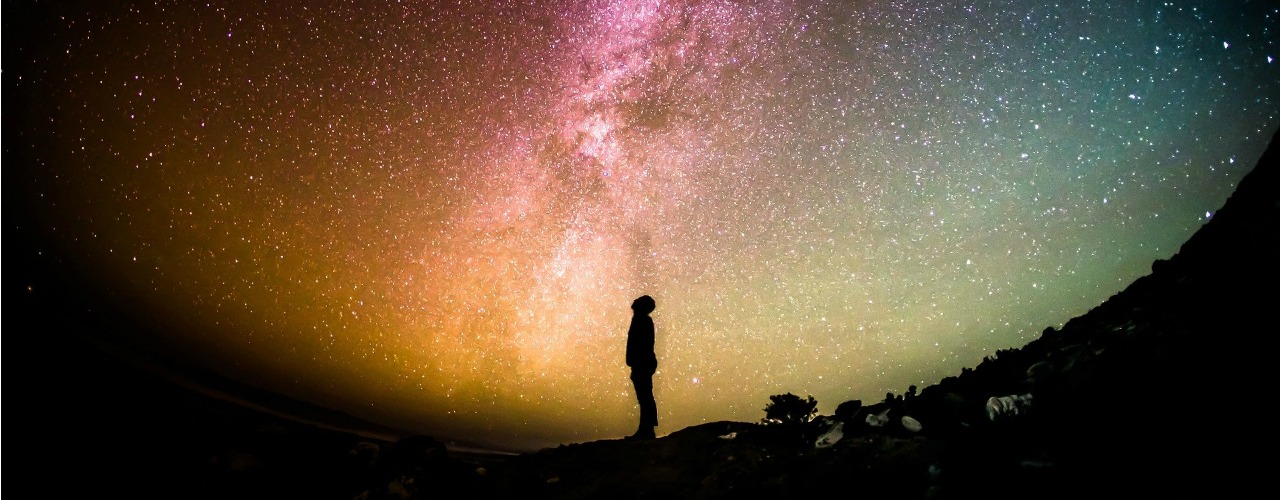 The good news about stargazing is you don’t need a telescope and if you're in the right place at the right time, you don’t even have to go outside! And if you're looking for more things to do indoors then read Rainy Day Activities for Children and Adults.
The good news about stargazing is you don’t need a telescope and if you're in the right place at the right time, you don’t even have to go outside! And if you're looking for more things to do indoors then read Rainy Day Activities for Children and Adults.
Words by Kate Thompson.

